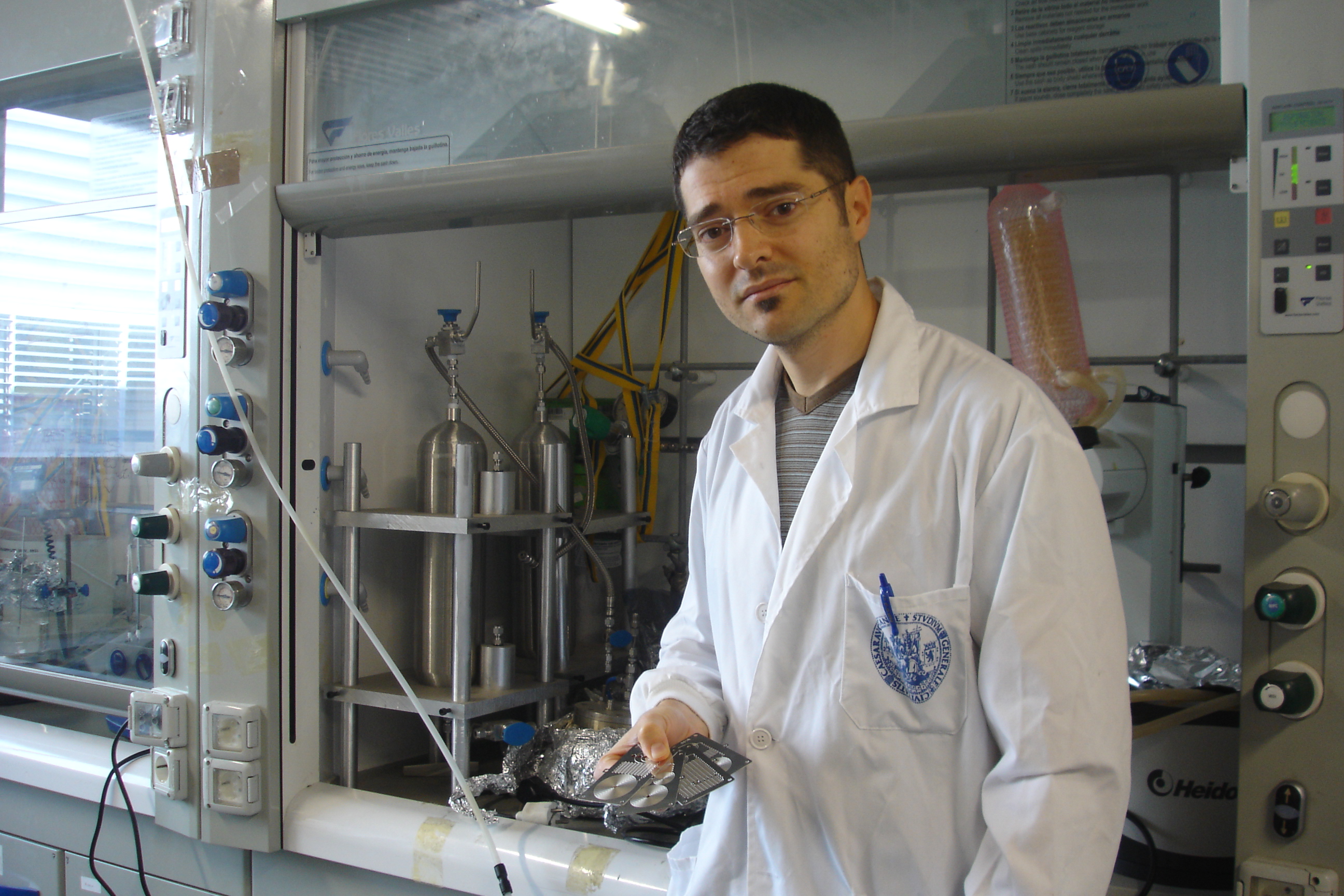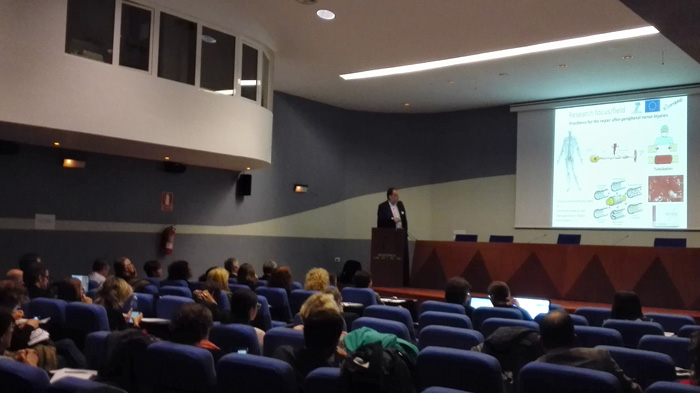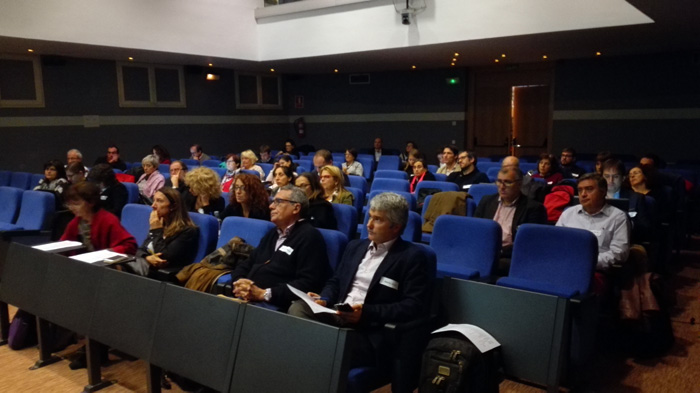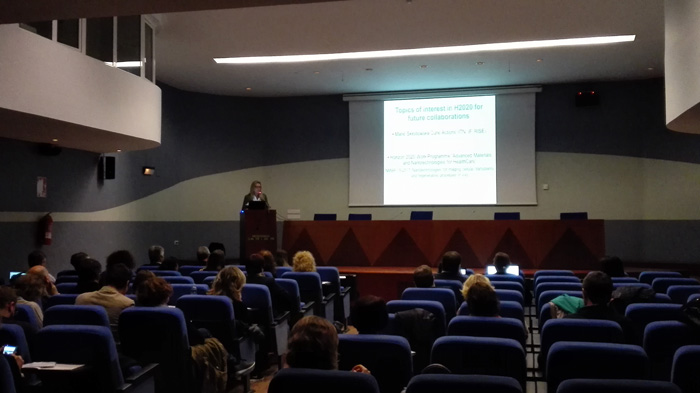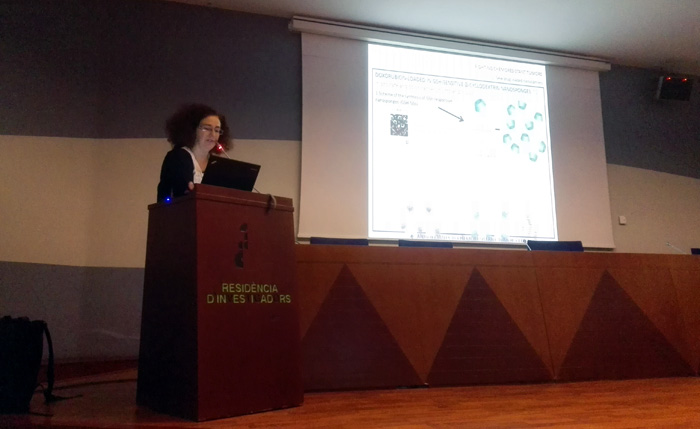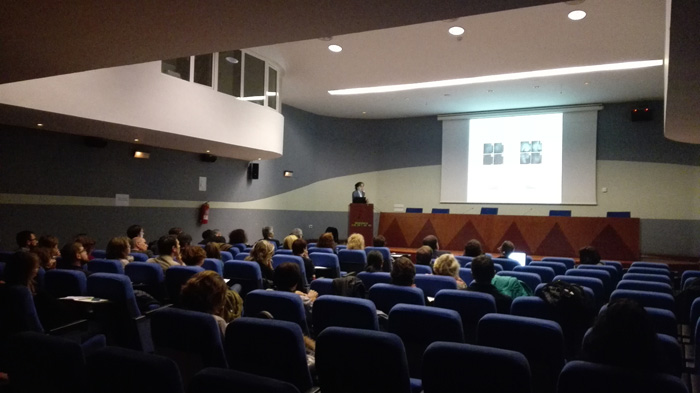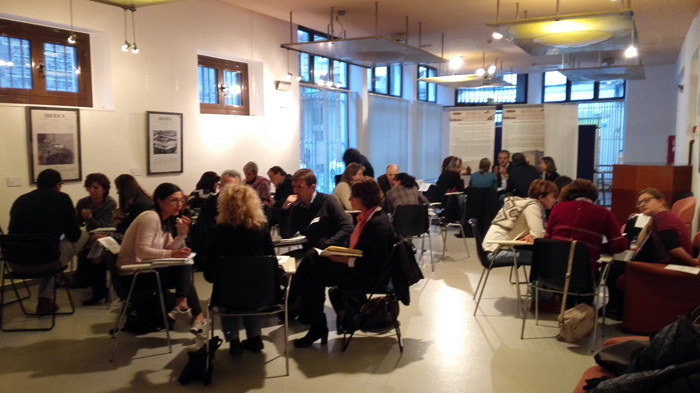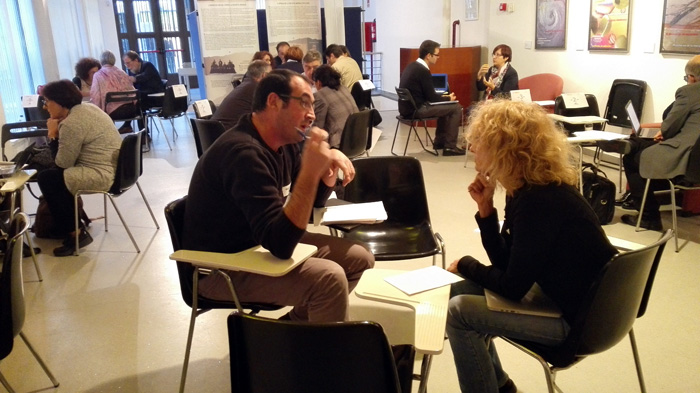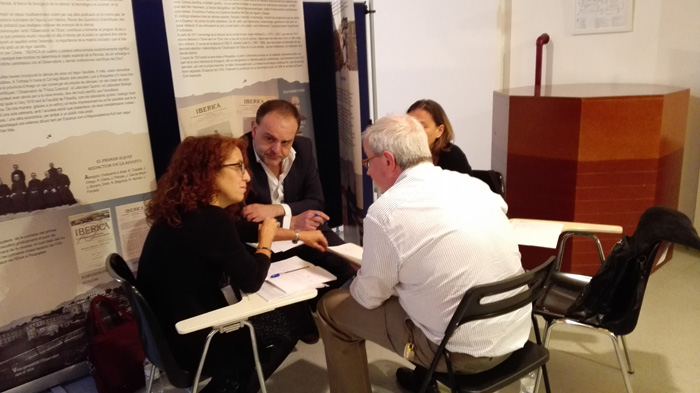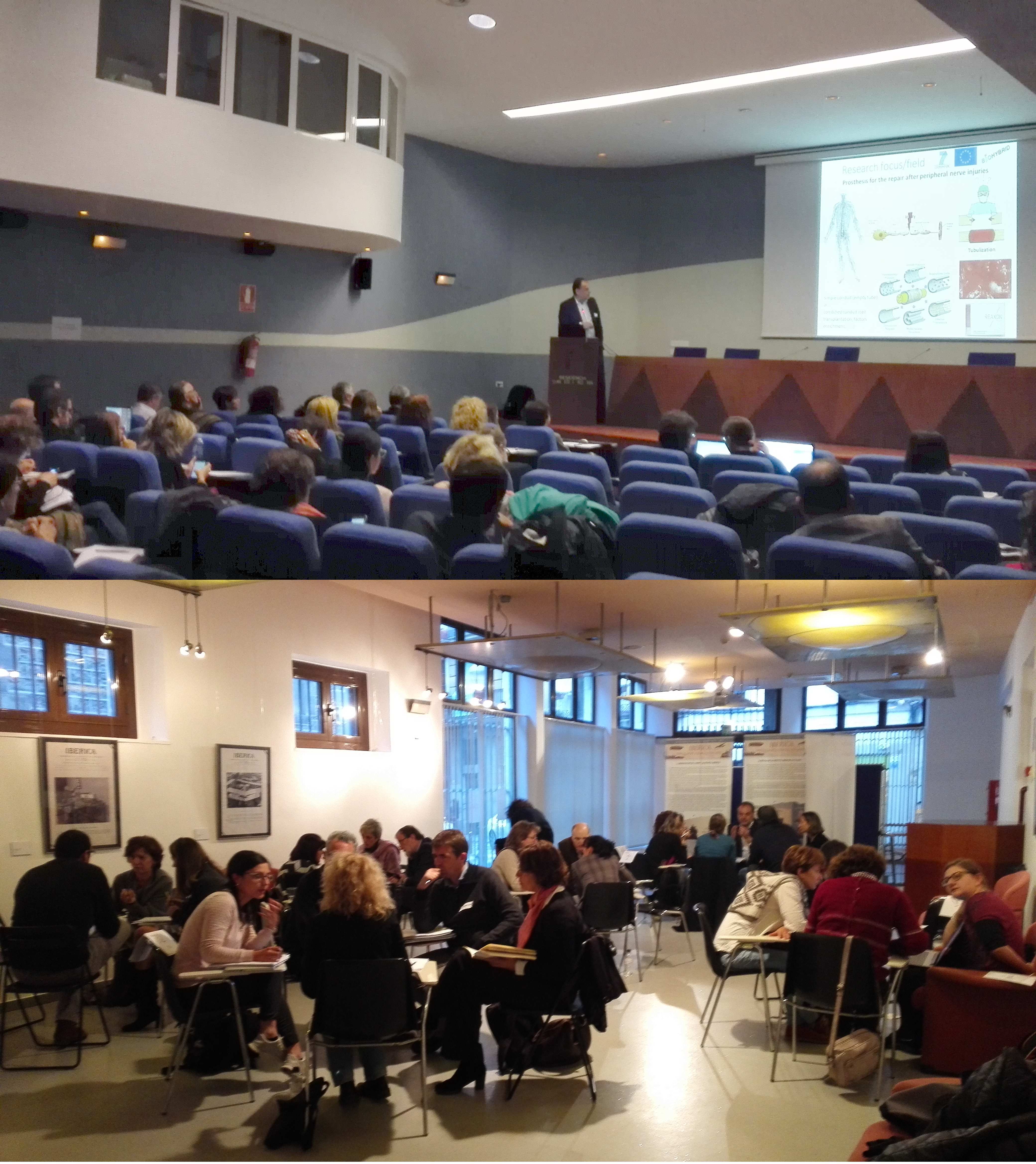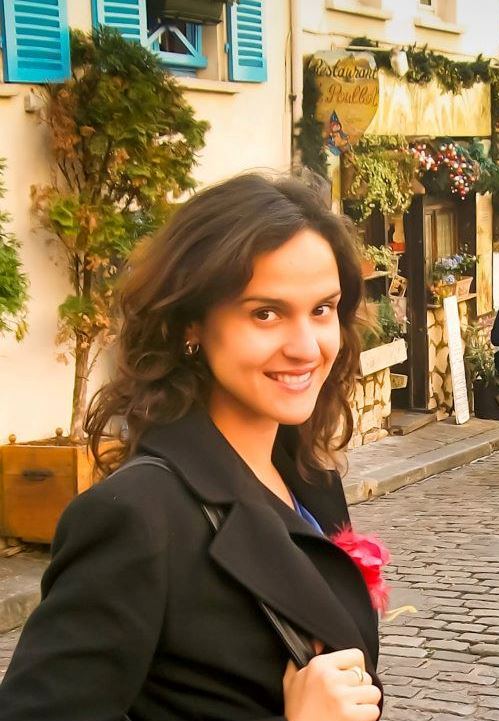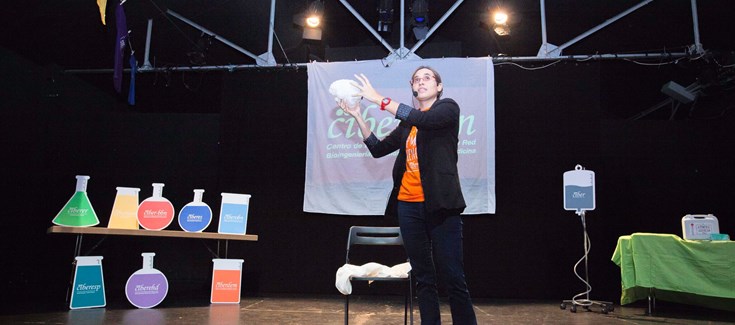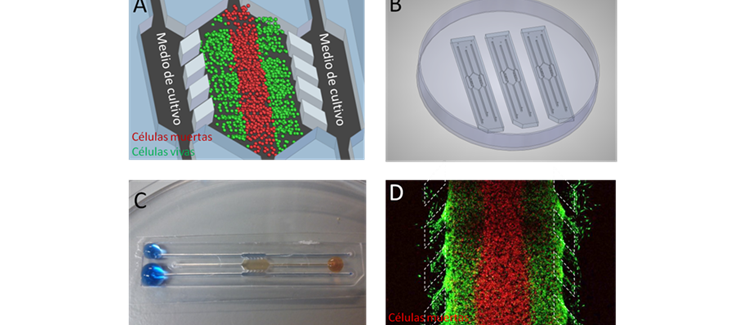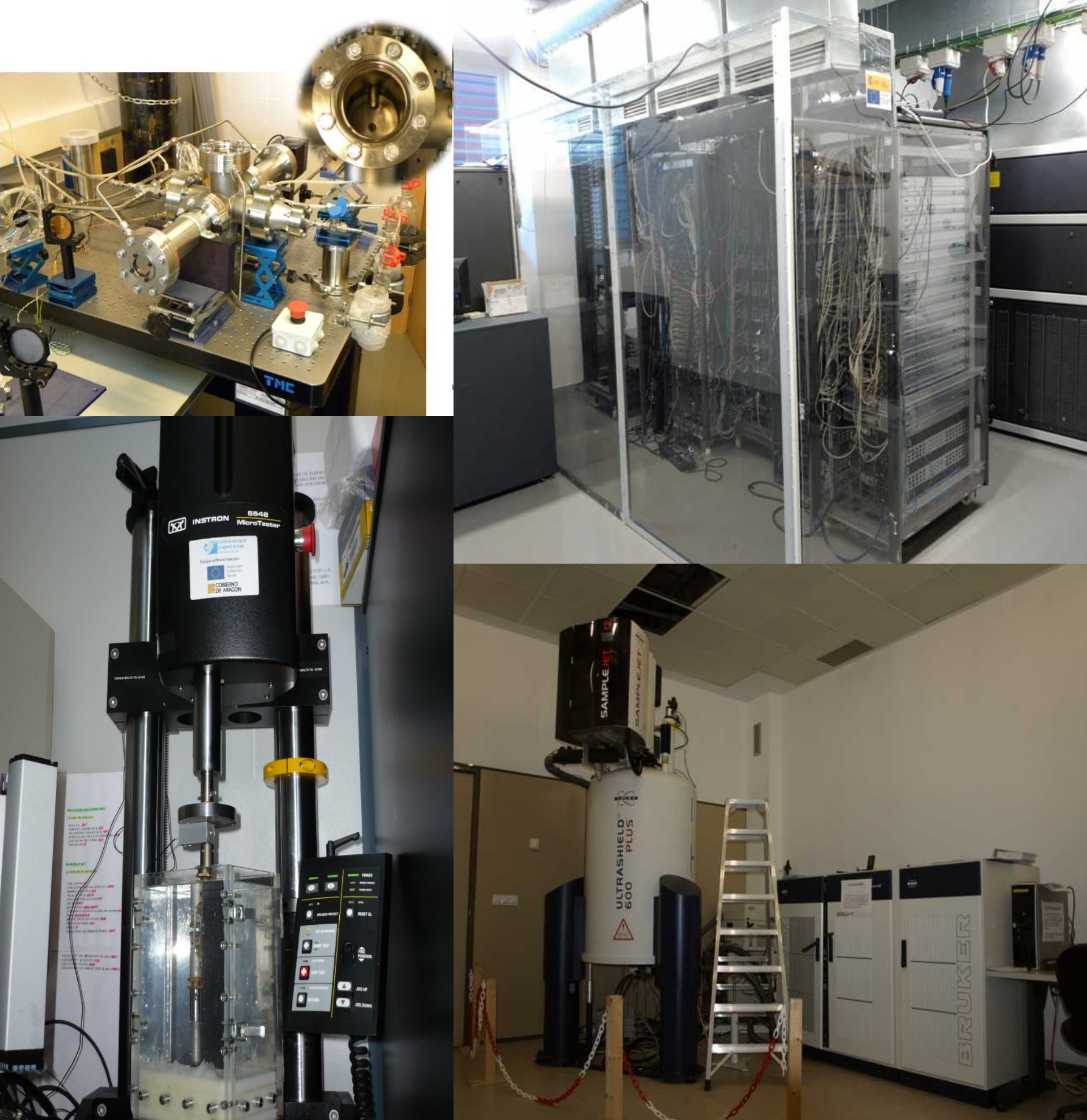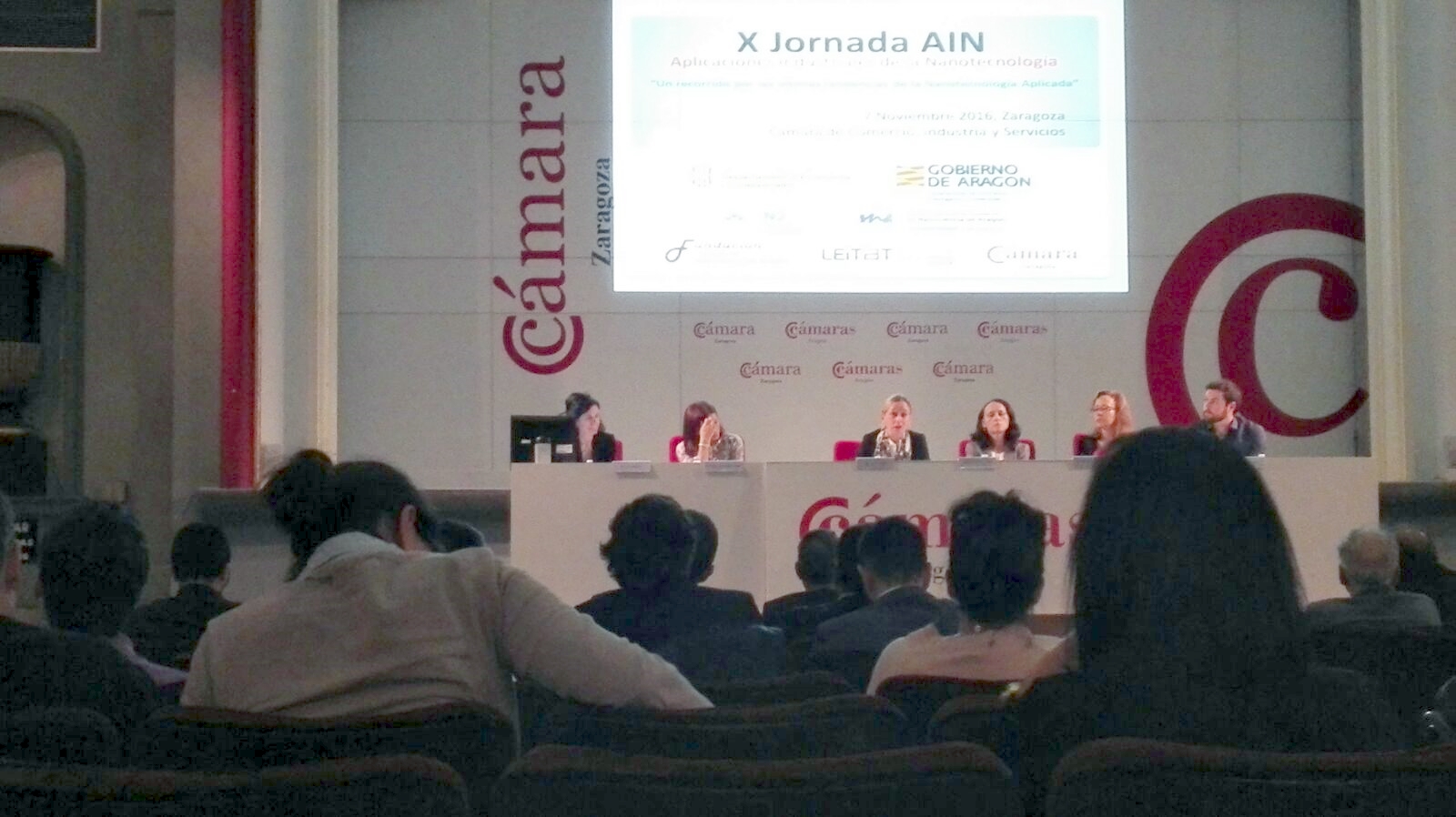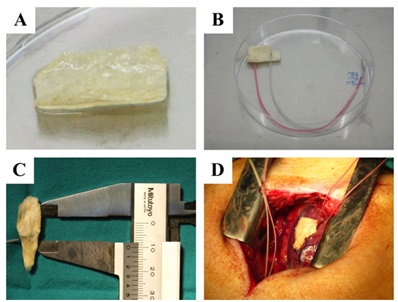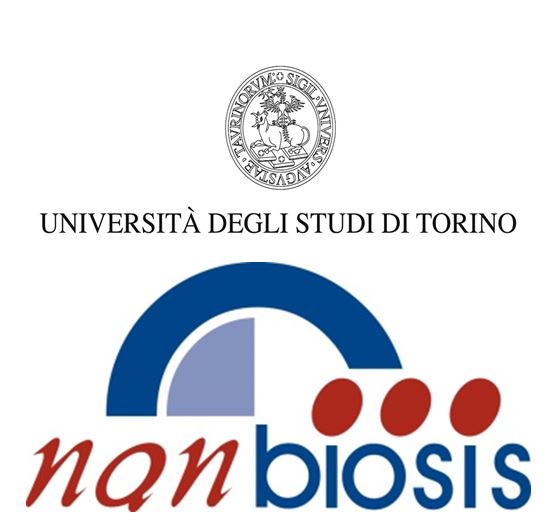Award to research with micronanotechnology.
The Royal Spanish Academy of Engineering has awarded a medal to Víctor Sebastián Cabeza, researcher of the group “Nanostructured Films and Particles”, which coordinates Unit 9 of NANBIOSIS.
The prize has been awarded in recognition of his work in designing a wide variety of micro-reactors to produce nanomaterials in a controlled and successful manner, reducing time and costs, with applications in Biomedicine, catalysis or energy processes.
Dr Víctor Sebastián also received the prestigious Fulbright scholarship in 2009 to carry out a postdoctoral research at the Massachusetts Institute of Technology (MIT) on nanomaterials and its development in microfluidics and in 2014 the European Academy awarded him the Burgen Scholarship Award recognizing him as one of the young researchers with greater scientific projection. Victor works in the field of micronanotechnology for its application in Biomedicine, Catalysis or energy processes. In particular, it has designed a large variety of micro-reactors with sub-millimeter dimensions that allow very precise control of the reaction conditions of the chemical processes that take place in them.
Dr Sebastian is an active member of Unit 9 of Nanobiosis, where he develops microfluidic system for biomedicine that allow a highly precise synthesis of nanomaterials.
